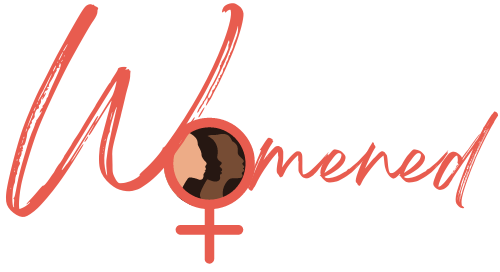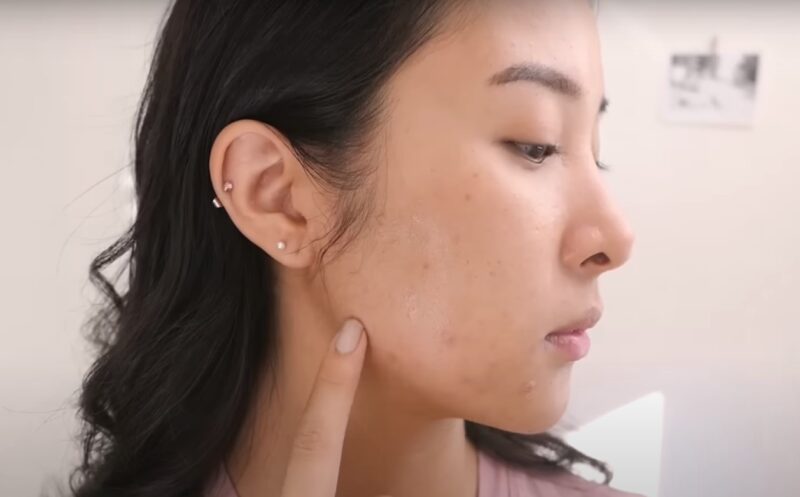Fluctuations in hormone levels often trigger a specific type of breakout known as hormonal acne, typically manifesting around the jawline, chin, and mouth. This condition is a direct result of an imbalance in hormones such as estrogen, progesterone, and testosterone, which can stimulate the skin’s oil glands, leading to clogged pores and inflammation.
Although puberty is a common period for experiencing these changes, adults, particularly women, can also suffer due to factors like menstrual cycles, pregnancy, and menopause.
Early recognition of hormonal acne’s signs is key to seeking appropriate treatment, which may range from topical solutions and oral medications to lifestyle modifications aimed at reducing breakouts and enhancing skin health.
What Are the Triggers and How to Spot Symptoms Early?
Hormonal fluctuations and certain lifestyle factors are the primary culprits behind hormonal acne. Quick identification of these triggers and symptoms is crucial for individuals looking to address this skin condition effectively.
Hormonal Changes
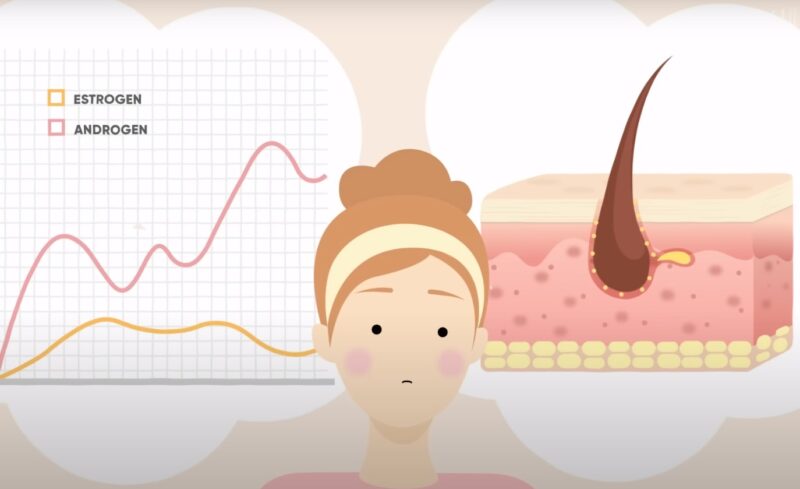
Significant hormonal shifts are a common trigger. In women, these changes during menstrual cycles, pregnancy, and menopause can lead to noticeable skin issues. Similarly, stress and specific health conditions might disrupt hormonal balance, increasing the risk of acne.
Men and women alike may experience changes in skin condition due to variations in hormone levels. Androgens, for example, can increase sebum production, leading to clogged pores and acne. Recognizing the link between hormonal shifts and acne flare-ups offers a foundation for understanding this skin condition’s nature.
Diet and Lifestyle
The connection between diet, lifestyle, and acne has garnered attention. Foods high in sugars and dairy products have been identified as potential aggravators of acne for some. Conversely, a diet rich in nutrients and low in processed foods may support skin health. Adding a high-quality cleanser is also a great way to keep the skin in good condition.
Lifestyle choices, including sleep patterns and stress levels, also play a role in skin condition. High stress can lead to hormonal imbalances that exacerbate acne. Thus, understanding the impact of diet and lifestyle on hormonal balance provides insight into acne triggers.
Symptoms to Watch

Hormonal acne typically manifests as deep, cystic blemishes around the jawline, chin, and mouth. These breakouts are often more painful and persistent than other types of acne. Symptoms may worsen in relation to hormonal cycles, such as before menstruation in women.
The texture and appearance of skin changes can serve as early indicators. Pores may appear enlarged, and skin may become oilier prior to a breakout. Noticing these signs early can help individuals anticipate and address potential acne flare-ups.
Environmental Factors and Sensitivities
Beyond hormones, diet, and lifestyle, environmental factors like climate and pollution can affect skin health. Sensitivities to certain skincare products or cosmetics may also trigger acne. Awareness of these factors contributes to a comprehensive understanding of potential acne triggers.
Genetic Predisposition
Genetics play a role in susceptibility to hormonal acne. A family history of similar skin conditions may increase one’s likelihood of experiencing hormonal acne. This genetic link underscores the importance of recognizing personal and family skin health patterns.
12 Efficient Treatments For Hormonal Acne
1. Topical Retinoids
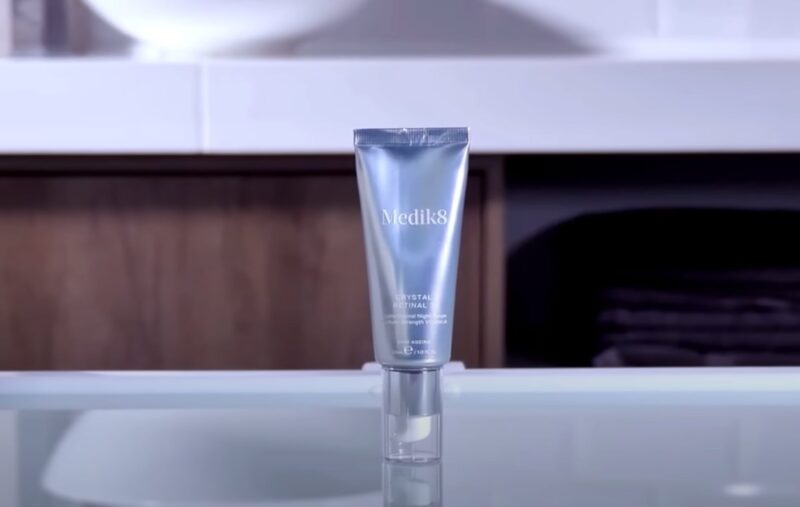
Topical retinoids, derivatives of vitamin A, play a crucial role in the treatment of hormonal acne by promoting cell turnover and reducing inflammation. This process helps prevent the clogging of pores and minimizes the formation of acne lesions. Available in creams, gels, and lotions, these products require application to the affected areas of the skin usually once a day, following a gentle cleansing routine.
It is one of the most common solutions used for different types of acne.
Patients should start with a low concentration, gradually increasing as the skin adapts, to minimize potential irritation. Sun sensitivity can increase with retinoid use, making it essential to apply sunscreen daily. While some individuals may notice improvement within a few weeks, consistent use for several months typically yields the best results. It’s vital to avoid other skin irritants and consult a dermatologist to tailor the treatment to specific skin needs and sensitivities.
2. Oral Contraceptives
Oral contraceptives, specifically those approved for acne treatment, regulate hormone levels that can lead to acne outbreaks. By decreasing the production of ovarian androgens, these contraceptives reduce sebum production, a key factor in acne development.
Suitable for women with signs of androgen excess (such as irregular menstrual cycles or excessive hair growth), oral contraceptives offer a dual benefit of birth control and acne reduction.
Usage involves taking one pill daily, preferably at the same time each day to maintain consistent hormone levels. Side effects may include nausea, breast tenderness, and mood changes, which often improve after the first few months of use. A healthcare provider will assess individual health history and risks before prescribing oral contraceptives, ensuring they are a safe option for the patient. Notably, smokers and those over 35 face a higher risk of complications and may need alternative treatments.
3. Anti-androgen Medications
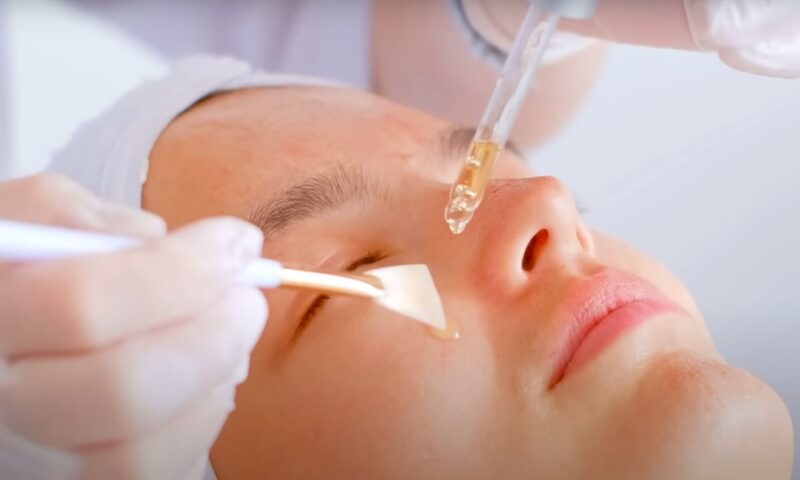
Anti-androgen medications work by blocking the effects of androgens (male hormones) in the body, which can reduce oil production in the skin and help to clear acne. These medications, such as spironolactone, are particularly effective for women who experience acne flare-ups related to hormonal imbalances. By targeting the hormonal source of acne, anti-androgens can provide relief where other treatments may fail.
To use anti-androgen medications effectively, a healthcare provider must first confirm that hormonal imbalances contribute to acne. The dose varies based on individual needs and response to treatment. Regular follow-up appointments are necessary to monitor progress and adjust the dosage as needed. Patients should discuss potential side effects, such as irregular menstrual periods or breast tenderness, with their provider. This treatment option is not suitable for pregnant women due to the risk of birth defects.
4. Oral Antibiotics
Oral antibiotics aim to reduce skin inflammation and fight bacteria responsible for acne. By decreasing the number of bacteria on the skin and in the pores, these medications can significantly improve symptoms of moderate to severe acne. Commonly prescribed antibiotics include doxycycline and minocycline.
For optimal results, patients typically take oral antibiotics for a limited period, often in combination with topical treatments, to prevent antibiotic resistance—a condition where bacteria no longer respond to antibiotics.
It’s crucial to complete the full course as prescribed, even if the acne improves before finishing the medication. Side effects may include stomach upset, dizziness, and increased susceptibility to sunburn. Regular check-ins with a healthcare provider help to ensure the effectiveness of the treatment and monitor for any adverse reactions.
5. Isotretinoin
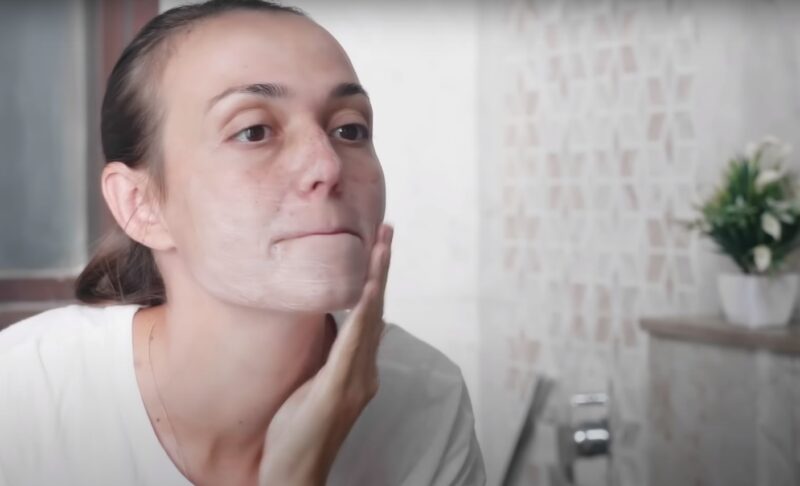
Isotretinoin, a powerful medication for severe acne that doesn’t respond to other treatments, works by shrinking the oil glands in the skin. This significantly reduces oil production, unclogs pores, and heals existing acne lesions.
Due to its strength and potential side effects, including birth defects, patients must enroll in a special program to use isotretinoin and follow strict guidelines, including monthly follow-ups and pregnancy tests for women of childbearing age.
According to Am Fam Physician, you must be cautious with this medicine:
“Your acne may get worse when you start using isotretinoin. This usually just lasts for a little while. You can tell your doctor if this happens to you because you might need to use other medicines along with the isotretinoin in this stage.
The dosage of isotretinoin is different for each person. During your treatment, your doctor may change your dosage. Be sure to take isotretinoin just the way your doctor tells you. If you miss one dose, don’t take extra the next time.”
The treatment course usually lasts 4-6 months, with the dosage based on body weight and tailored to the individual’s response. Patients should expect regular blood tests to monitor for side effects, such as elevated cholesterol levels or liver enzymes. Despite the strict precautions, isotretinoin can offer long-lasting relief from acne, often with dramatic improvements in skin clarity.
6. Spironolactone
Spironolactone acts as an anti-androgen, reducing the body’s production of oil and minimizing the severity of acne breakouts. Originally used to treat high blood pressure, it has proven effective for controlling hormonal acne in women. By blocking androgen receptors, spironolactone decreases oil gland activity, leading to clearer skin.
Patients typically start with a low dose, which may increase based on the treatment’s effectiveness and tolerance. Regular monitoring by a healthcare provider is essential to assess the impact on potassium levels and kidney function.
While spironolactone can offer significant benefits for those struggling with hormonal acne, it requires careful consideration of potential side effects and is not recommended during pregnancy.
7. Benzoyl Peroxide
Benzoyl peroxide targets bacteria involved in acne development, clearing the skin by removing dead cells and excess oil. Available in various formulations, including creams, gels, and washes, it offers flexibility in acne management.
Starting with a lower concentration minimizes skin irritation. Users apply benzoyl peroxide to clean, dry skin, avoiding sensitive areas like the eyes and mouth. While effective for many, it can bleach hair and fabrics.
Sunscreen is a must, as it can make skin more prone to sunburn. Visible improvements usually appear after several weeks, but continuous use is crucial for maintaining clear skin.
8. Salicylic Acid
Salicylic acid, a beta-hydroxy acid, works by exfoliating the skin and unclogging pores. It’s effective for treating and preventing pimples and blackheads. Found in over-the-counter cleansers, toners, and spot treatments, salicylic acid suits daily skincare routines.
Users should apply it to affected areas after cleansing. Mild irritation or dryness might occur, indicating a need for reduced frequency of use. Consistent application over time gradually improves skin texture and clarity, making it a staple in acne prevention.
9. Azelaic Acid
Azelaic acid boasts anti-inflammatory and antibacterial properties, reducing acne-causing bacteria and soothing inflamed skin. It also helps fade post-acne marks by evening out skin tone.
Typically used twice daily, azelaic acid is suitable for all skin types, including sensitive skin. Users may experience slight tingling or discomfort initially, which usually subsides with regular use. Azelaic acid’s effectiveness in improving overall skin health makes it a valued option for comprehensive acne treatment plans.
10. Tea Tree Oil
Tea tree oil, a natural alternative, has antimicrobial and anti-inflammatory properties, making it effective against acne-causing bacteria. For application, dilute tea tree oil with a carrier oil to prevent skin irritation.
A small amount applied directly to blemishes can reduce inflammation and redness. Although slower acting than chemical treatments, its natural composition reduces the risk of harsh side effects, appealing to those seeking gentler skincare options.
11. Light and Laser Therapy
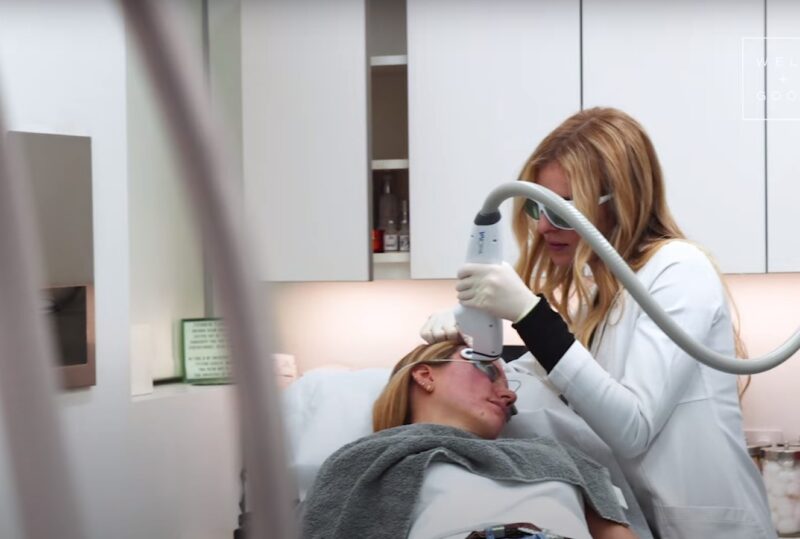
Light and laser therapies target the deeper layers of skin without damaging the surface. By reducing oil production and killing bacteria, these treatments can significantly improve acne symptoms.
Multiple sessions are usually necessary, and a healthcare provider can tailor the type and frequency of treatments to individual needs. Side effects are minimal, with some patients experiencing temporary redness or swelling. These advanced treatments offer a non-invasive option for those with persistent acne.
12. Dietary Modifications
Adjusting diet can play a role in managing acne. Reducing high glycemic foods and dairy may lessen breakouts for some individuals. Incorporating foods rich in omega-3 fatty acids, antioxidants, and zinc supports skin health and reduces inflammation.
While not a standalone solution, dietary changes complement other treatments, addressing acne from within and promoting overall well-being.
FAQs
What should I avoid if I have hormonal acne?
You should avoid foods and products that can trigger or worsen hormonal acne, such as dairy, sugar, alcohol, stress, and comedogenic or irritating skin care products. You should also avoid picking or squeezing your pimples, as this can cause inflammation, infection, or scarring.
How do I know if my acne is hormonal?
You may have hormonal acne if your breakouts are mostly on the lower part of your face, such as your chin, jawline, or cheeks. You may also notice that your acne flares up before or during your menstrual cycle, pregnancy, menopause, or when you have a hormonal imbalance.
Is vitamin C good for hormonal acne?
Vitamin C may help with hormonal acne by reducing inflammation, hyperpigmentation, and scarring. Vitamin C is also an antioxidant that can protect your skin from free radical damage and boost collagen production. You can apply vitamin C serum topically or take vitamin C supplements orally.
Can too much vitamin C cause acne?
Too much vitamin C can cause acne if you have a sensitivity or allergy to it. It can also cause skin irritation, dryness, or redness, which can worsen acne. You should start with a low concentration of vitamin C serum and patch test it on your skin before using it.
Should I squeeze hormonal acne?
No, you should not squeeze hormonal acne. Squeezing can damage your skin, cause inflammation, infection, or scarring. It can also push the bacteria deeper into your pores, making the problem worse. You should gently cleanse your skin and apply a spot treatment instead.
Last Words
A variety of acne treatments offer paths to clearer skin, each with distinct mechanisms to combat the condition’s root causes. Working with healthcare experts can ensure the approach not only tackles existing issues but also aids in preventing future outbreaks. Advances in dermatology hold promise for better acne management, leading to improved skin health and confidence for those affected.
